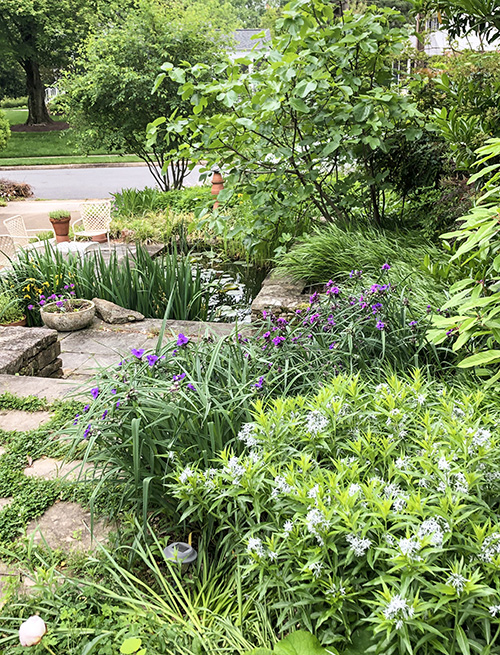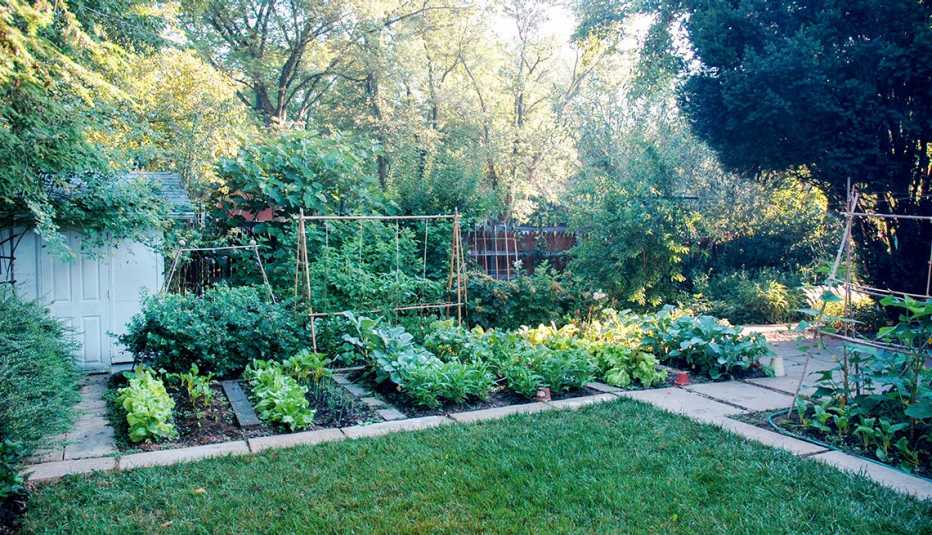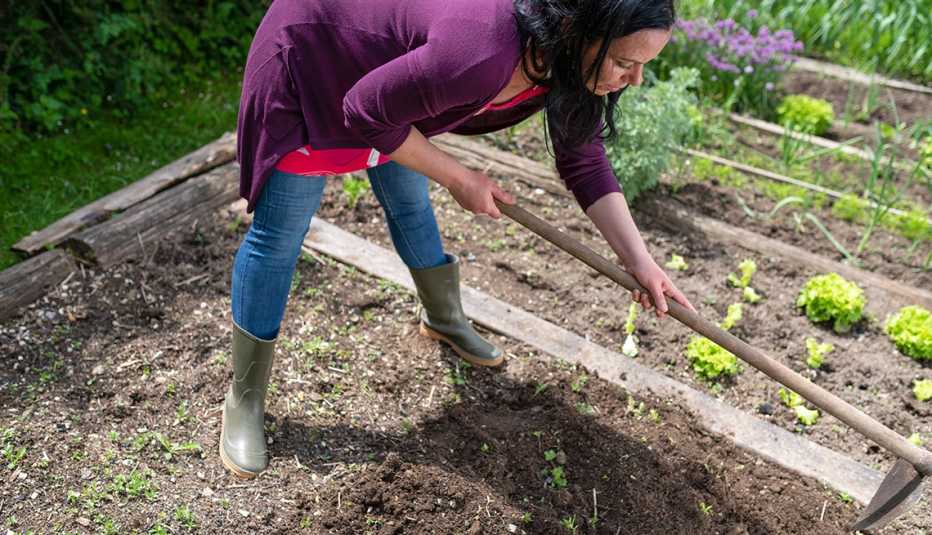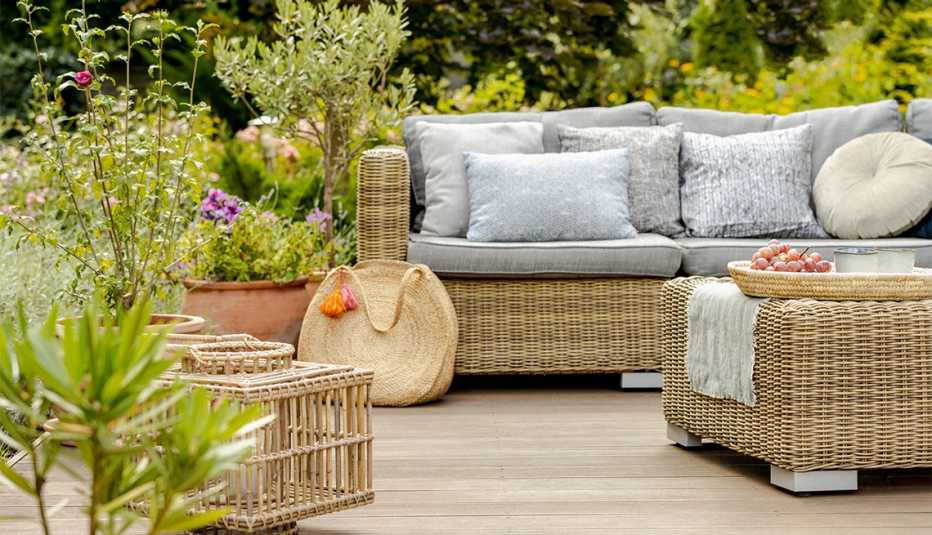Staying Fit
In America, large, well-manicured lawns are a source of pride. But that lush green grass comes with a price: mowing marathons, weeding, watering, edging and, often, environmentally unfriendly chemicals.
It might be time to consider saying goodbye to high-maintenance lawns and hello to sustainable landscaping: Welcome to the no-mow zone.


AARP Membership— $12 for your first year when you sign up for Automatic Renewal
Get instant access to members-only products and hundreds of discounts, a free second membership, and a subscription to AARP the Magazine.
That's what Neil Diboll, 67, owner of Prairie Nursery in Westfield, Wisconsin, and his wife, Maureen, did decades ago.
Diboll has been preaching sustainable landscaping for nearly 40 years. Now, instead of mowing, he enjoys prairie gardens and meadows filled with wildflowers that attract monarch butterflies on his property.
"People want to control their garden,” Diboll says. “When you are in a joint venture with nature, you are playing by her rules.”


Want to scrap your lawn? Check for restrictions
While some states, particularly those that have experienced drought, encourage homeowners to give up their lawns, other areas are not as tolerant. Make sure to check your local regulations, including homeowner association rules, regarding what is permitted in your area.
Limiting the front lawn
Though it might not be to everyone's taste, the American Society of Landscape Architects encourages people to replace grass with drought-resistant ground cover that requires no mowing. Reducing or eliminating a lawn and opting for sustainable landscaping can ultimately be more affordable, manageable and better for the environment, Diboll says.
Lawns can be replaced by everything from native perennials to rock gardens, vegetable and herb gardens, mosses or hardscaping. Some homeowners in hot, drought-prone areas swap their lawns for pea gravel or even artificial turf.
However, opting out of a lawn isn't a simple process. It can be a good idea to consult experts if you have a project in mind.





































































